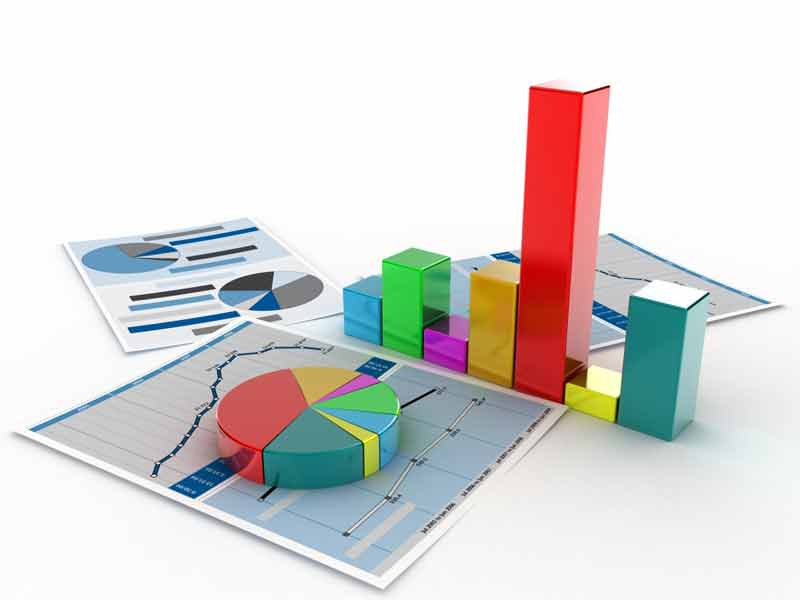ACG Professional Aptitude Test! This comprehensive assessment is designed to evaluate your problem-solving skills and applied knowledge across four crucial sections: Computer Ability, Logical Reasoning, Quantitative Ability, and Verbal Reasoning. By taking this test, you'll gain valuable insights into your abilities, allowing you to discover your strengths and areas for improvement. Beyond personal growth, your performance in this test can leave a lasting impression on potential employers, showcasing your skills and dedication.
Time management is key during the test, so remember to allocate your time wisely across each section. Embrace this opportunity to challenge yourself, unlock your potential, and open doors to remarkable career growth.
Good luck on your Professional Aptitude Test journey!

Clocks, as indispensable timekeeping tools, offer more than just tracking time. They present intriguing opportunities to apply logical reasoning, especially when solving problems related to finding angles between their hands. In this lesson, we will explore the significance of clocks in developing logical thinking while mastering the art of calculating angles between clock hands. Get ready to unlock the mysteries of time and sharpen your problem-solving skills!
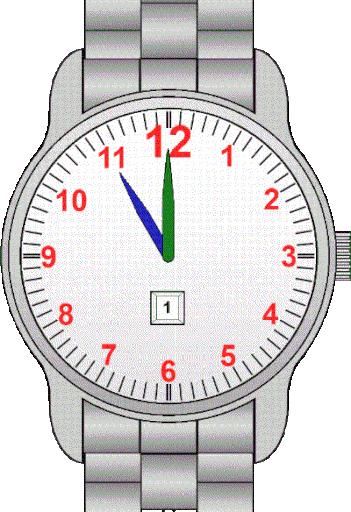
Learning Objectives
- To get aware of direction map.
- Increasing interest about this segment of reasoning.
- Improving the logical ability.
- To be perfect in solving problems.

Number Series is the most important topic of Mathematics. In the number series questions, the series is based on sequences of numbers that follow a logical pattern based on basic arithmetic concepts and we have to detect that concept then predict the next number or the missing term or identify the wrong number in the sequence by following the same logic. Only practice can help you to make it perfect.
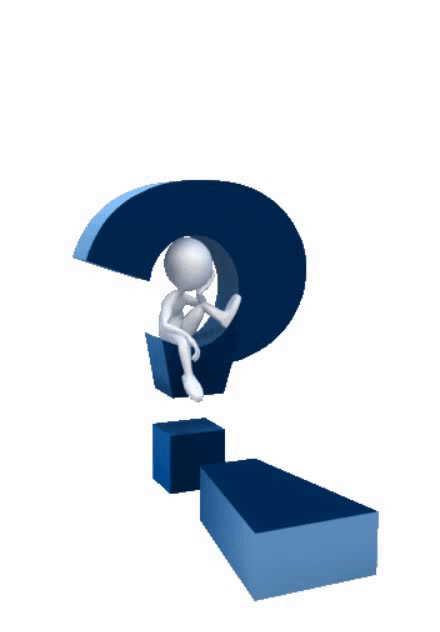
- Teacher: Math Professor
Logical thinking skills are important because they can help you reason through important decisions, solve problems, generate creative ideas and set goals—all of which are necessary for developing your career.
- Teacher: Rajeev Reddy Math Professor
- Teacher: Math Professor
An alphanumeric sequence is a sequence which consists of both alphabets and numbers. In this sequence, we can also add some symbols along with alphabets and numbers. We can expect one to two questions from this lesson.
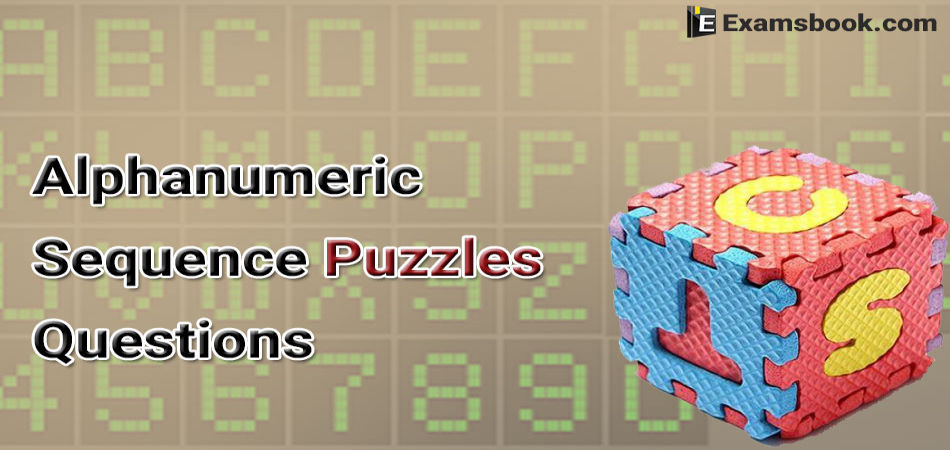
This course is build using Adaptive Algorithm, students need to answer the questions provided to move ahead to continue the lesson. This course serves as a general introduction for students seeking to acquire a foundation in current network technologies for local area networks (LANs), wide area networks (WANs) and the Internet. The course provides an introduction to hardware, software, terminology, components, design, and connections of a network. Network concepts such as the OSI model, topological, and major protocols, as well as the basic functions of system administration and operation are also included. This course is free for the students,they can use the guest login to access the complete lesson

- Teacher: Sham K
This lesson covers the basics of orthographic projection, by the end of the lesson, student will be able to
- Identify the principle views used in orthographic projections
- Identify the types of lines used in projection drawings and the purpose of each
- Identify auxiliary and sectional views
- Identify the differences between first and third angle projections.
- This lesson is free for students by using Guest login
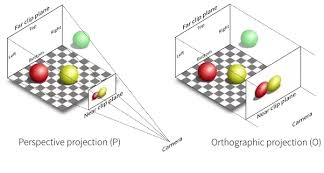
- Teacher: Demo user

